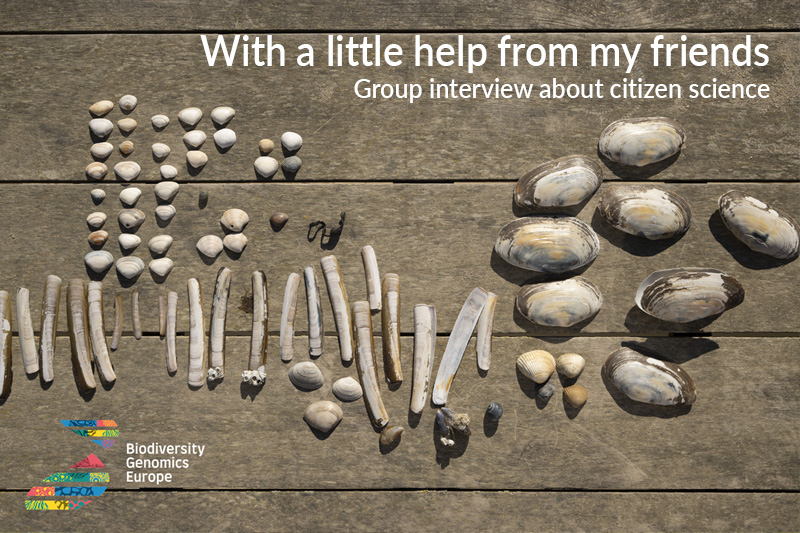26 April 2024
With a Little Help from My Friends – thoughts about Citizen Science
April is global Citizen Science month, and to celebrate, we have decided to conduct a very special -and extensive!- joint interview with some European citizen-science specialists.
As you probably know by now, BGE relies on the invaluable help of a growing number of citizen scientists. If we are to tackle challenges like the current biodiversity loss, we need to build a consistent map of European biodiversity and for that, we need to collect as much data as possible across Europe. Only a cross-border, mass-scale data collection effort will allow us to build the solid reference libraries that we need for biodiversity research. Needless to say, it is an enormous endeavour for which the contribution of citizen scientists is simply crucial.
That being said, what are the important elements to have in mind when working with citizen scientists? What kind of resources should we devote for citizen science activities? What do citizen scientists expect in return? These are all interesting questions for which our quite heterogeneous group of experts provide their own views below.
NOTE: For the sake of not making this post too long, we have selected some of the responses for each of the questions. You can take a look at the interview in full here.
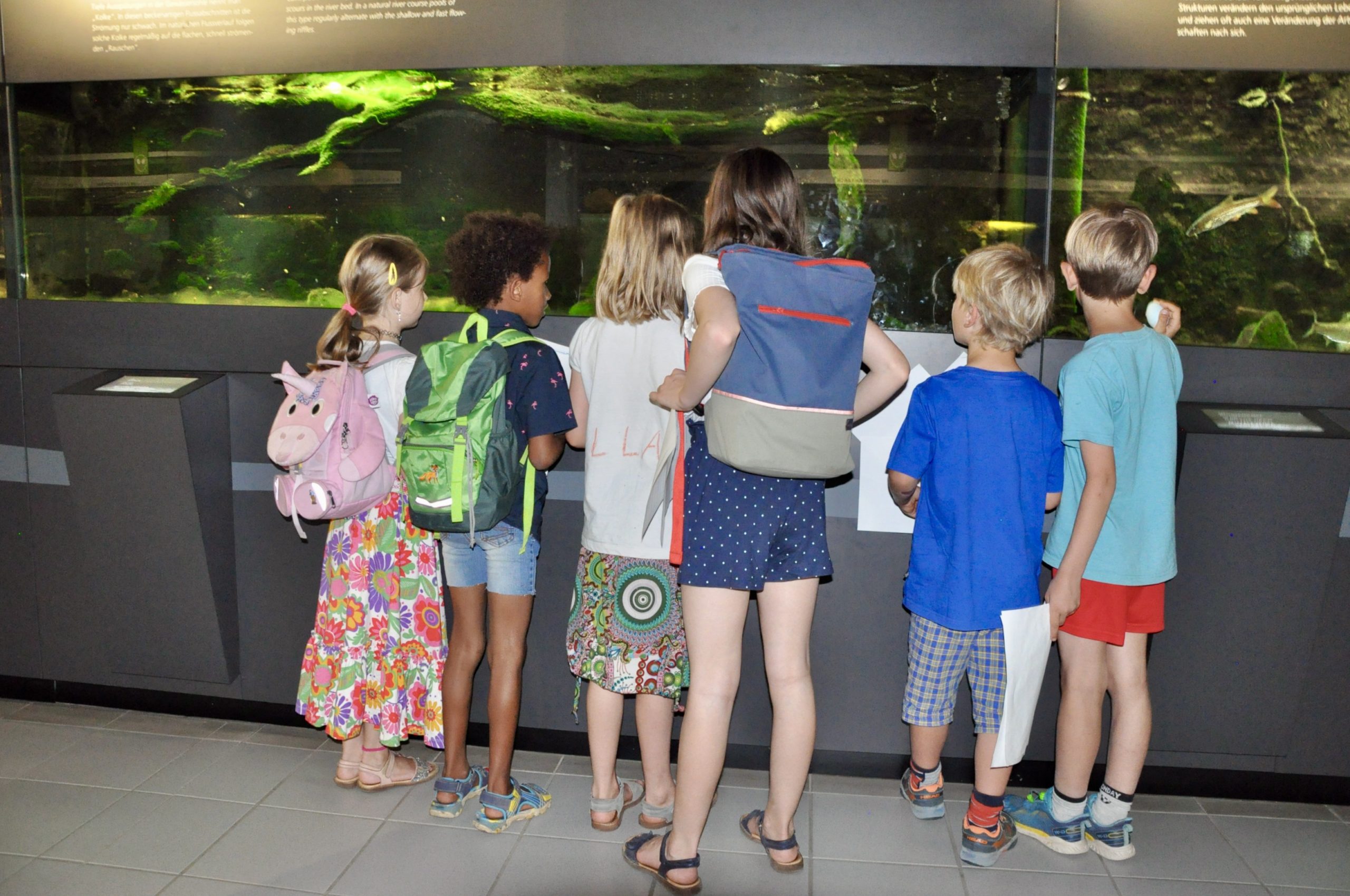
Image credit: Zoological Research Museum Alexander Koenig
CONTRIBUTORS:
Elena Buzan (University of Primorska, Slovenia); María José Ruiz López (Estación Biológica de Doñana, CSIC, Spain); Carolina Corrales (Zoological Research Museum Alexander Koenig, ZFMK, Germany); Karolina Bacela-Spychalska (University of Lodz, Poland); Sonia Ferreira (Centro de Investigação em Biodiversidade e Recursos Genéticos, CIBIO, Portugal); Christian de Guttry (Swiss Institute of Bioinformatics, SIB, Switzerland); Svein-Ole Mikalsen (University of Faroe Islands, Denmark); Willie Duncan (retired, formerly Scottish Environment Protection Agency); Rebecca Lewis (Buglife, Scotland, UK).
What is, in your opinion, the most relevant group of citizen scientists that we should target for biodiversity genomics?
María José Ruiz: I believe that involving naturalists is crucial for the study of biodiversity, including biodiversity genomics. Naturalists are passionate about the environment and spend a lot of time outdoors observing nature, which enables them to gather valuable information related to biodiversity. I think their involvement can offer a unique perspective that would greatly benefit the field of biodiversity genomics.
Carolina Corrales: Many species are not yet identified while others are poorly known. Hence, amateur taxonomists, who already have the necessary knowledge and expertise, would be invaluable to help us fill in knowledge gaps and keep track of the biodiversity inventory.
Karolina Bacela-Spychalska: I believe, they are amateur taxonomists (I will see them mostly involved in the references sequence library), but also members of natural and environmental societies, that can help willingly in collecting data upon biodiversity, e.g. such as collecting eDNA.
Sonia Ferreira: Naturalists as they have a very rich and valuable understanding on local biodiversity.
Christian de Guttry: The most relevant group of citizen scientists for biodiversity genomics initiatives are scholars up to high school. Engaging this demographic early helps inspire a lifelong commitment to protecting biodiversity in them, as they are the future stewards of our planet. We can cultivate a generation capable of addressing environmental challenges effectively by engaging these young minds.
Based on your experience, what are the 3 most important ingredients for a successful citizen science activity?
Elena Buzan: 1) Establish a detailed plan for Citizen Science (CS) engagement: Create a structured engagement strategy for citizen science initiatives, which should include comprehensive preparatory activities. This strategy must include communication channels for different target groups to ensure effective outreach and engagement. 2) Prompt sharing of results: set up a system to share research outcomes with all CS and stakeholders as soon as they are available. This will help maintain transparency, build trust, and keep the community actively involved in the process. 3) deepen CS involvement in results interpretation and future ideas: encourage and facilitate the participation of citizen scientists in the interpretation of data and the development of scientific concepts. Involvement of CS should give the unique perspectives and insights of the community, enriching the scientific discourse and contributing to more innovative outcomes.
Sonia Ferreira: A nice venue in a place where people can contact nature, a diverse but not too numerous group, a good balance in the planned activities with moments for sharing experiences, practical activities and also relaxing moments and shared meals.
Christian de Guttry: I believe that there are three essential ingredients for a successful citizen science program: 1) The vulgarisation of scientific knowledge through practical examples from daily life to simplify complex concepts. 2) Empathy by understanding participants’ perspectives and aligning our communication to resonate with their views. 3) The implementation of hands-on protocols used in research allows participants to see tangible outcomes and appreciate the impact of their contributions to science.
Svein-Ole Mikalsen: (…) I would include: 1) Somewhat dependent on the purpose of the specific task: clear, but short instructions. It is amazing how fast people can lose their interest if the instructions are less than straight-forward. 2) Easy and convenient reporting system. 3) Feedback. It doesn’t have to be direct mails with information from the organisers, but easy access (for example through Internet homepage) to own results and summary from other people’s observations, so it is possible to follow the development of the project (…).
Rebecca Lewis: 1) Engaging people from local communities to deliver CS within their local footprint. 2) Having excellent communication and a local coordinator. 3) Being community lead rather than agency lead at a local level.
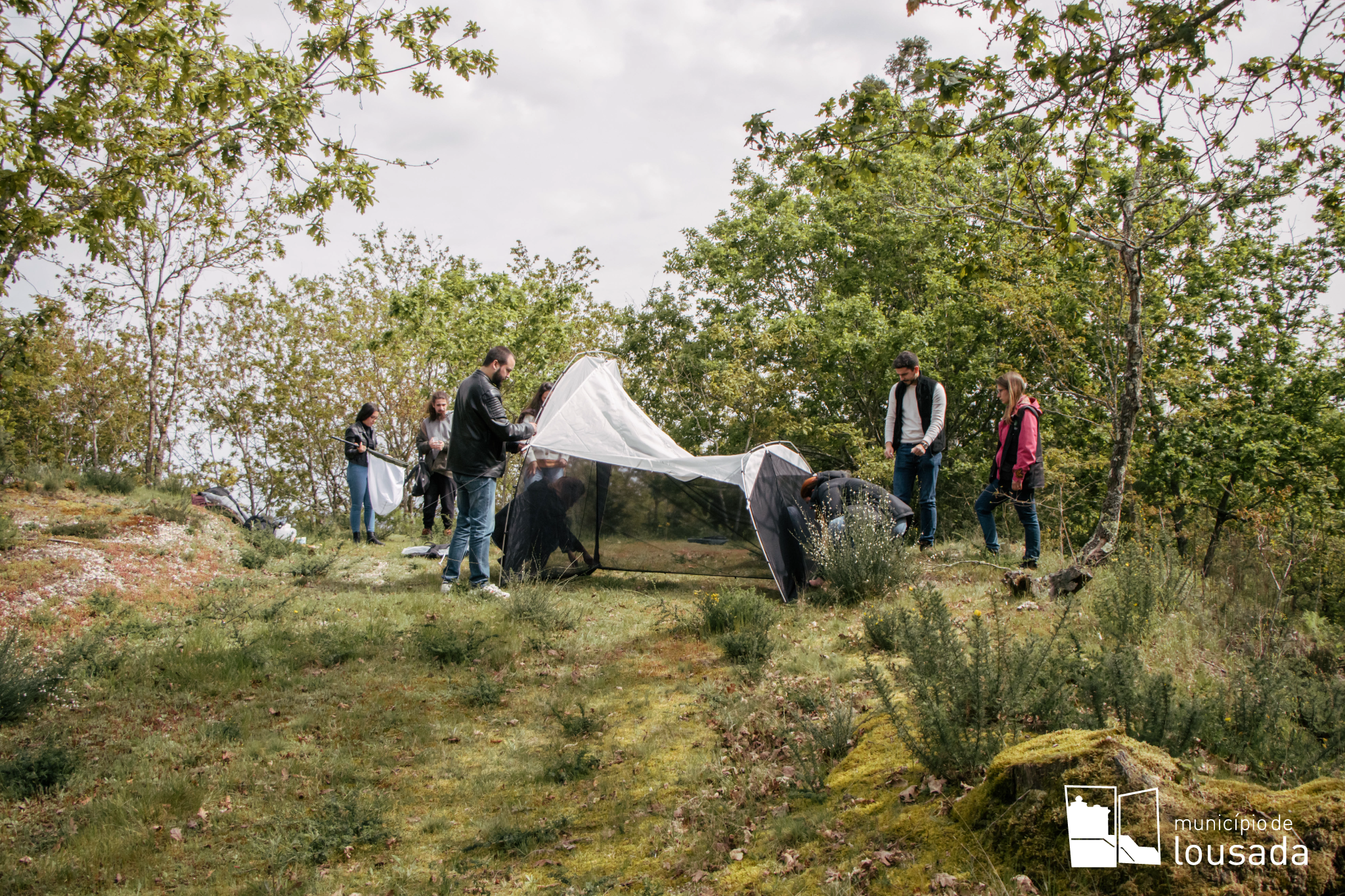
Image credit: CIBIO-BIOPOLIS and Municipality of Lousada (Portugal)
Can you tell us why involving citizen scientists in biodiversity research is so important to tackle the current biodiversity crisis?
María José Ruiz: There are two main reasons why citizen science is important for biodiversity monitoring. Firstly, it allows scientists to gather more data, including data that may not have been available otherwise. This additional data is crucial for effective biodiversity monitoring. Secondly, citizen science acts as a bridge between science and the general public. By involving the public in scientific research, we can increase awareness and understanding of important environmental issues and the biodiversity crisis.
Carolina Corrales: Biodiversity loss is not only a matter of researchers. It is a human-caused factor that impacts everyone. Involving citizen scientists in research is a win-win situation because not only will they gain knowledge about the topic, but also, they will develop a new understanding of science. Professional scientists, on the other hand, will obtain the required data to address their research questions that, otherwise, they would not be able to obtain on their own.
Svein-Ole Mikalsen: By involving more people, it is possible to cover more time and area. This is particularly important in topics and questions that are heavily based on observational distribution, possibly also temporal distribution. This could of course be visual observations, like observing birds, or screen multiple areas for the presence of a specific plant or mushroom. But I also think of such things as being able to take simultaneous environmental samples (for example for eDNA analysis) at multiple sites spread far apart.
Willie Duncan: The biggest single driver for this is increasing the reach expansion of data gathering. Although citizen scientists generally become more engaged in environmental issues which is also important.
Rebecca Lewis: Behavioural change is the most important thing to come from citizen science, engaging people in science, letting them experience it, educating them in how to make a difference. Even if the engagement is short lived the learning goes on and into households; it is not lost.
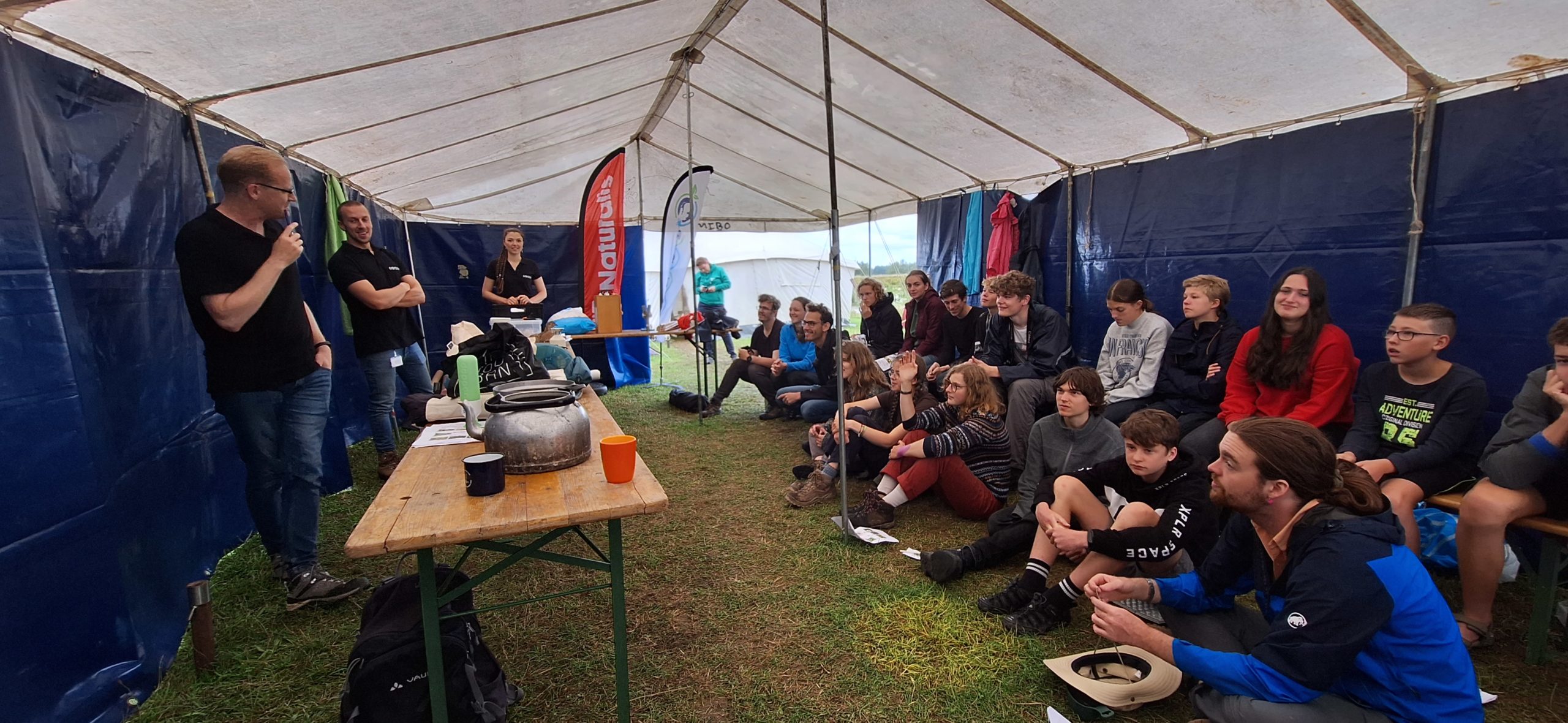
Image credit: Naturalis Biodiversity Center
Citizen Science activities demand time and resources. Do you think that our institutions are investing enough of both? What do you think should be the focus to ensure sustainability for these activities?
María José Ruiz: I can only discuss Spain’s situation regarding citizen science. At a national level, I believe that although there is funding available for large-scale citizen science initiatives, especially those associated with mobile applications that allow easy data gathering, a significant portion of the burden for citizen science still falls on individual research groups that require more resources. It’s crucial to focus on long-term constant funding to ensure the sustainability of these activities.
Carolina Corrales: No, institutions could invest more in offering basic education to anyone with an interest in biodiversity. To ensure the sustainability of community science activities, more financial and human resources should be available to create, afford and manage facilities comparable to the Anna Marmont Centre of the Natural History Museum, London. These facilities are crucial because they can offer to the public the necessary equipment for species identification along with specialised literature whenever they require them. In addition, they add the possibility of providing training, for instance in taxonomy, or biodiversity monitoring by institutional employees or by, eventually, taxon experts employed on an honorary basis.
Karolina Bacela-Spychalska: Yes, and for sure in many cases, i.e. our University we do not have enough help from administrative (specially now, with some many restrictions and docs) people to lead such actions, still the power of such actions is underestimated. On the other hand, the success rate is very unstable, so sometimes not encouraging people to invest so much time for not sure success action.
Sonia Ferreira: While investment and interest has increased in the last years, the full potential of citizen science has yet to be explored and a big investment is needed in human resources to ensure the component of science communication and logistics. These activities demand quite a bit to organize in many stages and the allocation of qualified human resources is crucial for their success.
Christian de Guttry: Institutions are certainly increasing their support for citizen science projects, with significant investments from bodies like the EU highlighting this trend. However, while current projects often engage citizen scientists in relatively straightforward scientific tasks, there is a pressing need to involve them in more complex areas, such as conservation genomics. To ensure the sustainability of these activities, we must focus on developing training programs and tools that enable citizen scientists to contribute effectively to more advanced scientific practices.
Svein-Ole Mikalsen: I guess (but do not know) that most institutions/universities probably do not see citizen science as an integral part of their activities. They probably totally leave that to the single scientist and research group. Although I do not have an intimate knowledge about research policies in so many countries, my impression is that the universities put more and more weight on “student production”, obtaining external financing, and scientific productivity (as publications). There is no extra credit for citizen science projects (except for the concrete publications that may result), nor for outreach, although these activities are well suited to increase the interactions between the university and the general society.
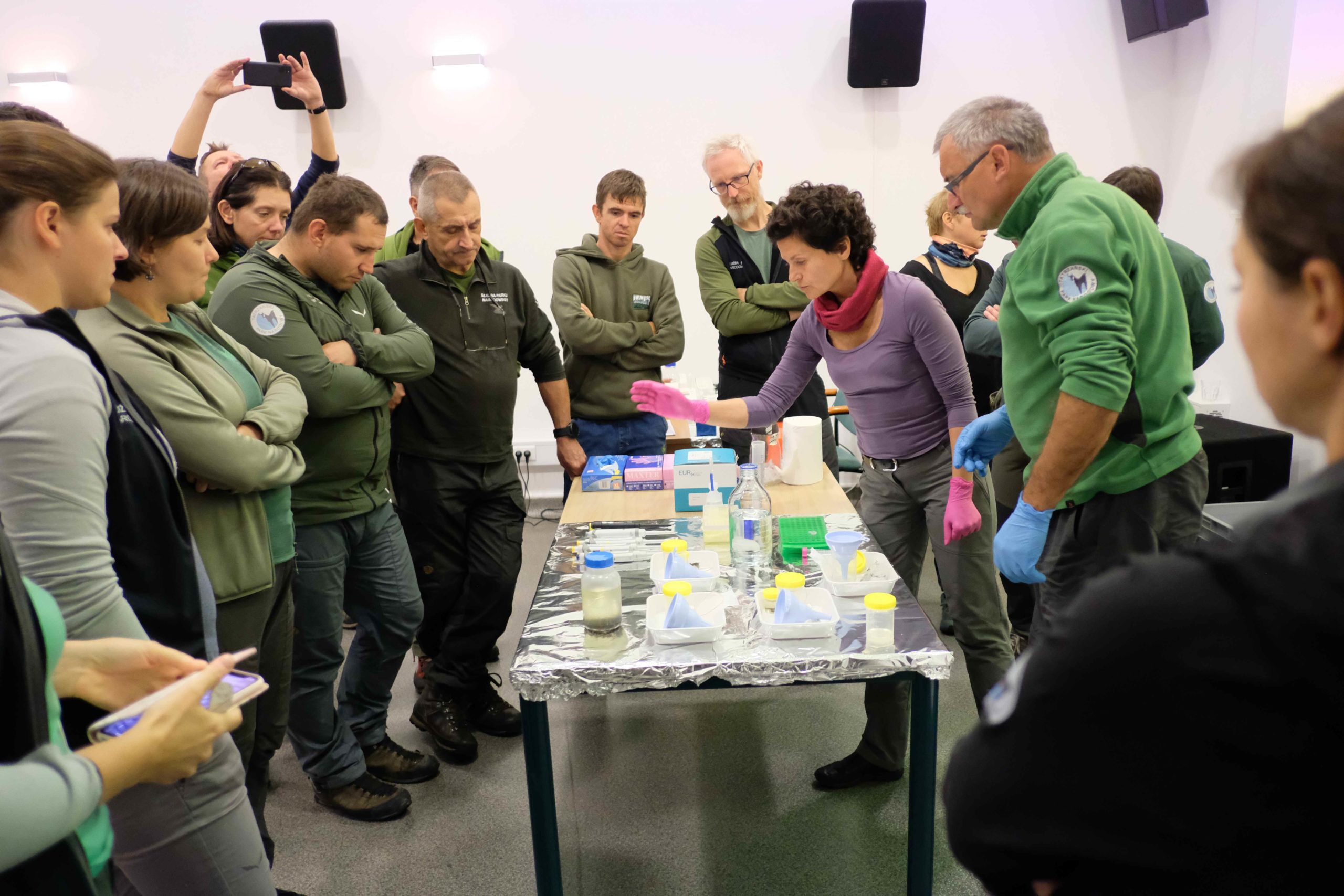
Image credit: University of Lodz
Is there more we [scientists] can do for citizen scientists in terms of information provision and recognition to express how much we value their help?
Elena Buzan: We should strive to create multidisciplinary teams that include citizen scientists and value the traditional knowledge that local communities offer. This approach will enrich our understanding and enhance the effectiveness of our projects. A central argument for public engagement in science is that citizens are ―experts in local, culturally situated, and contextualised knowledge relevant to the research question examined. Culturally situated knowledge is also often intersectional, that is, it embodies the experience of those at the intersection of multiple social identities that involve different experiences of oppression and bias.
María José Ruiz: Yes (…) I strongly believe that both information provision and recognition are crucial for a successful citizen science activity. Often, we tend to view citizen scientists only as mere data gatherers and overlook the fact that their involvement and knowledge are essential for advancing science and preserving the environment. Thus, inclusiveness and recognition should be two key aspects of any citizen science activity.
Carolina Corrales: To build a trusting relationship can show citizen scientists that they are also part of the team, which may increase their motivation to keep taking part in such activities.
Karolina Bacela-Spychalska: (…) I think for many of them giving their names everywhere where the material collected and/or identified by them is used is already enough. Also having the possibility of tracking the results through an online website is appreciated. Maybe some special events dedicated to them.
Sonia Ferreira: There is a lot we can do, much work in the area of communication, either by producing materials and information so they can also actively contribute for discussions and planning of the science being made (prior to getting data), but also create mechanisms of sharing results and provide feedback of the data collected, its use and its impact. For instance, in invertebrates we still miss identification guides in many of the EU languages and adapted to local faunas… that is the starting point to know what surrounds us and create awareness of their role – why are they there? Information needs to be accessible and language is often a barrier.
Christian de Guttry: Scientific mediation plays a crucial role in the information process, yet it is not fully integrated into scientific research as it should be. To express our appreciation for citizen scientists, we should acknowledge their contributions. It may be possible to accomplish this through a dedicated section in academic publications. Additionally, we need to expand their involvement beyond the level of sampling; educating them about the entire research process, from sampling to results, can help to develop a deeper understanding and appreciation of their important role.
Willie Duncan: (…) Clearly feedback is important but we also need to understand the varied motivations that lie across and within groups.
Rebecca Lewis: Get to know the groups, the people. Good communication, flexibility and understanding. It also requires compassion!

